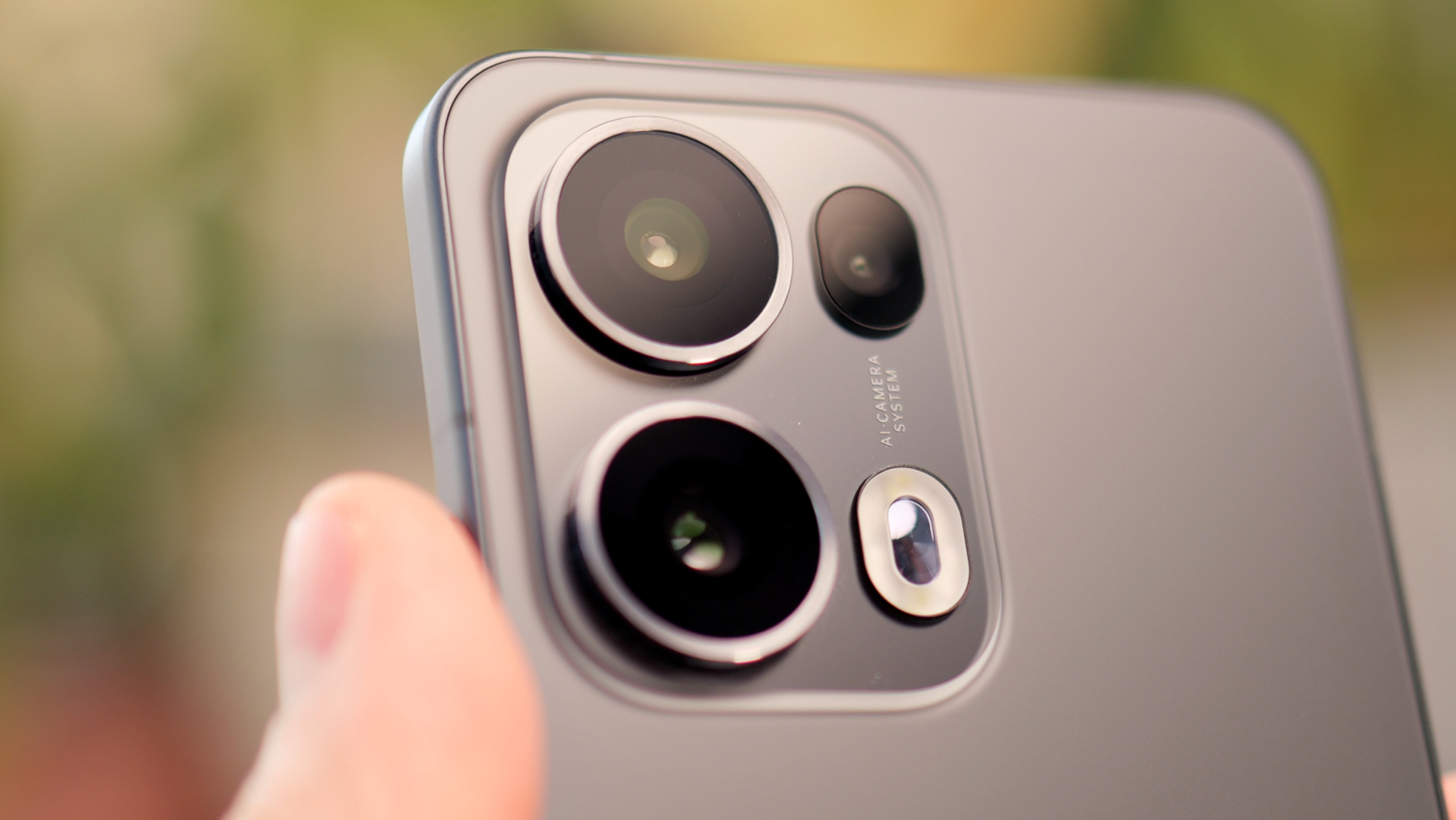Photos of astronauts' pets sent into space using NASA's first two-way, end-to-end laser relay system
Over 500 images of cats, dogs, snakes, and cows owned by astronauts were sent between Earth and space

Proving that even astronauts are really just big kids, NASA’s two way, end to end laser relay system has been used to send over 500 pictures and videos of cherished pets flying through space.
The animals travelled over laser communication links at a rate of 1.2 gigabits per second, which is speedier than most home internet speeds.
NASA astronauts Randy Bresnik, Christina Koch, and Kjell Lindgren, along with other agency employees, submitted photos and video footage of their pets, sending them on a round trip to and from the International Space Station.
Why, you ask?
Well, as well as being a fun, the transmissions allowed NASA’s Space Communications and Navigation (SCaN) program to highlight the power and potential of laser communications, while also testing out a new networking technique.
Kevin Coggins, deputy associate administrator and SCaN program manager at NASA Headquarters in Washington said:
“The pet imagery campaign has been rewarding on multiple fronts for the ILLUMA-T, LCRD, and HDTN teams.
Get the Digital Camera World Newsletter
The best camera deals, reviews, product advice, and unmissable photography news, direct to your inbox!
“Not only have they demonstrated how these technologies can play an essential role in enabling NASA’s future science and exploration missions, it also provided a fun opportunity for the teams to “picture” their pets assisting with this innovative demonstration.”
The whimsical experiment started with images on a computer at a mission operations center in Las Cruces, New Mexico. The next step was for NASA to reroute the data to optical ground stations in California and Hawaii.
Scientists then modulated the data onto infrared light signals, or lasers, which were then sent to NASA’s Laser Communications Relay Demonstration (LCRD), around 22,000 miles above Earth in a geosynchronous orbit. A geosynchronous orbit is an Earth-centered orbit, with an orbital period that matches Earth’s rotation (so the satellite seems to stay in the same place).
LCRD then relayed the data to the Integrated LCRD Low Earth Orbit User Modem and Amplifier Terminal (ILLUMA-T), which is attached on the outside of the space station.
Radio frequency communications have been essential for NASA missions since the origins of space travel, to send data to and from space.
While both infrared and radio travel at the speed of light, laser communications employ infrared light instead of radio waves to send and receive information. Infrared light can transfer more data in a single link, making it a more useful way to transfer scientific information.
Check out our guide to the best cameras for astrophotography, and the best lenses for astrophotography.
We've also got all the information you need about the best low light cameras, and the best star tracker camera mounts.

After graduating from Cardiff University with an Master's Degree in Journalism, Media and Communications Leonie developed a love of photography after taking a year out to travel around the world.
While visiting countries such as Mongolia, Kazakhstan, Bangladesh and Ukraine with her trusty Nikon, Leonie learned how to capture the beauty of these inspiring places, and her photography has accompanied her various freelance travel features.
As well as travel photography Leonie also has a passion for wildlife photography both in the UK and abroad.
